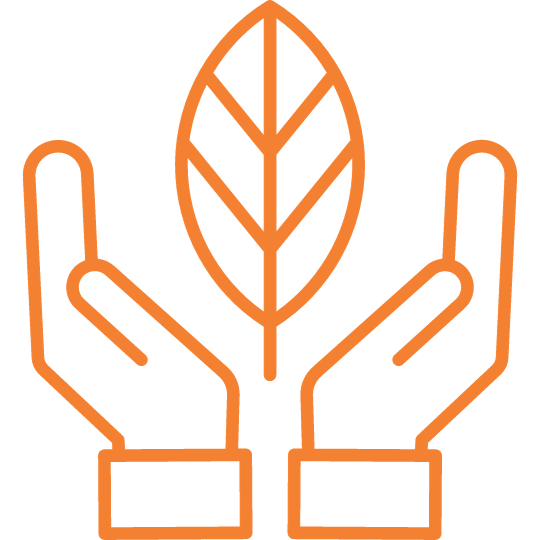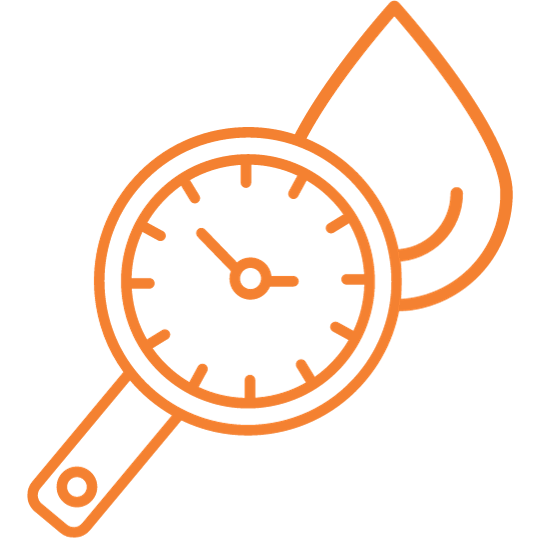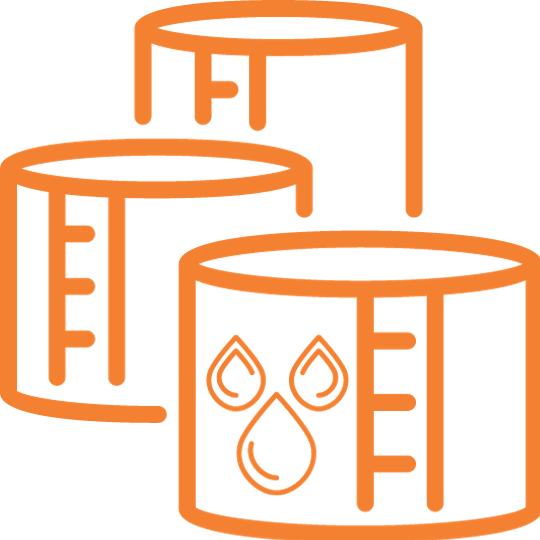- For smooth engine operation and maintaining optimal performance levels.
- Oil in good condition helps enhance the life of critical components.
India’s largest oil and gas exploration Public Sector Undertaking (PSU) was facing a challenge.Frequent lube oil changes on their offshore jack-up rig engines drained both their finances and the environment. Furthermore, unnoticed engine issues added to their woes, lacking real-time oil health trends for early detection.Their mission was clear: extend engine lube oil life, bolster reliability, and proactively identify faults before they crippled operations.
CAT engines
Offshore Jack-Up Rig
Oil Quality Management Solution
Biggest Oil PSU In India
Prolong life of oil and thereby critical component to reduce cost Read more

Frequent oil sampling and its logistics (transportation, recycling /discarding) incur costs. Read more

Relying heavily on lab results for oil sample testing and not using real-time oil condition monitoring delays issue identification and resolution. Read more

The absence of a real-time monitoring solution for lube oil health. Read more

Poor quality lubeoil as well as regular oil replacement have a negative impact on the environment. Read more







Breakdown of Potential Saving as a result of Doubling the Oil Drain interval




$ 1807 saved by changing oil interval by only 2 times in a year
Additional savings of $ 537 on Caterpillar filter elements in a year
The potential saving of $ 233561 for the biggest oil PSU in India for 4 oil rigs of 5 engines each for the tenure of 5 years.
Neptunus Power Plant Services Pvt. Ltd.
India
Neptunus Main Office
A 554/555, TTC Industrial Area,
MIDC Mahape, Navi Mumbai,
Maharashtra 400710, India.
UAE
Neptunus Global Trading (NGT)
Ras Al Khaimah Economic Zone,
RAKEZ Al Mamourah Street,
Ras Al-Khaimah, UAE.
France
dataVIB Impédance
80 Dom. de Montvoisin,
91400 Gometz-la-Ville,
France.